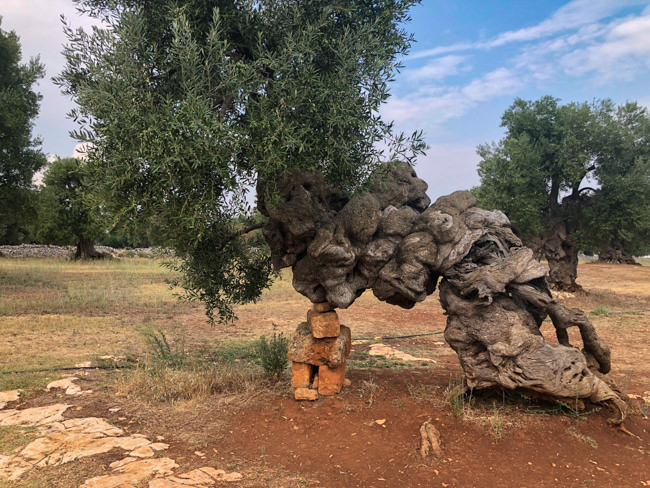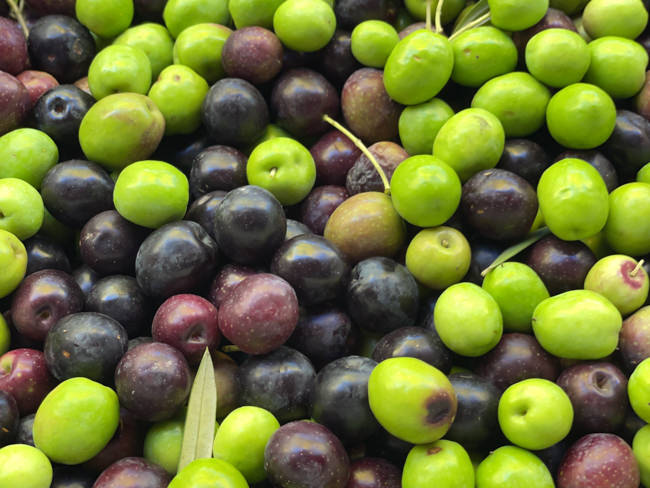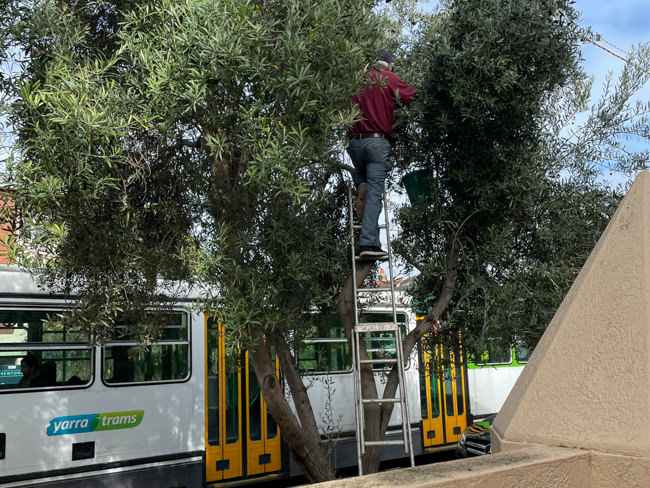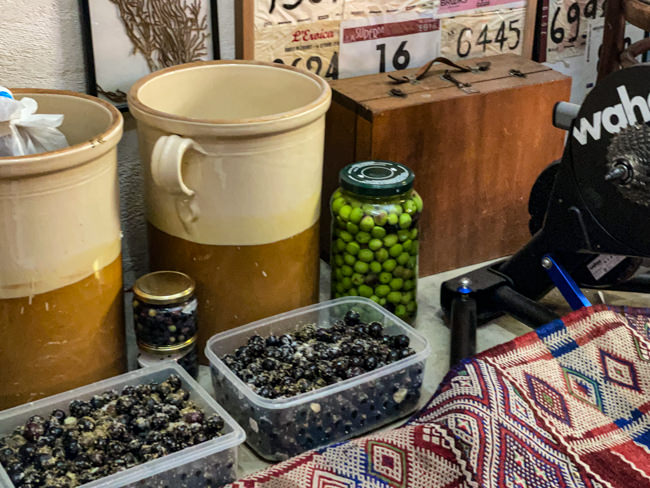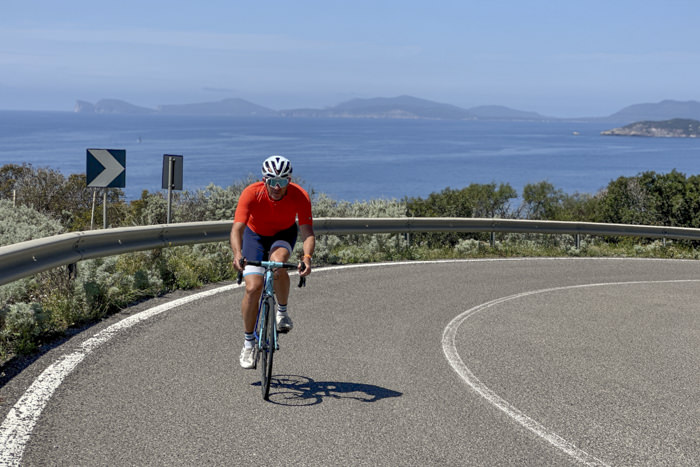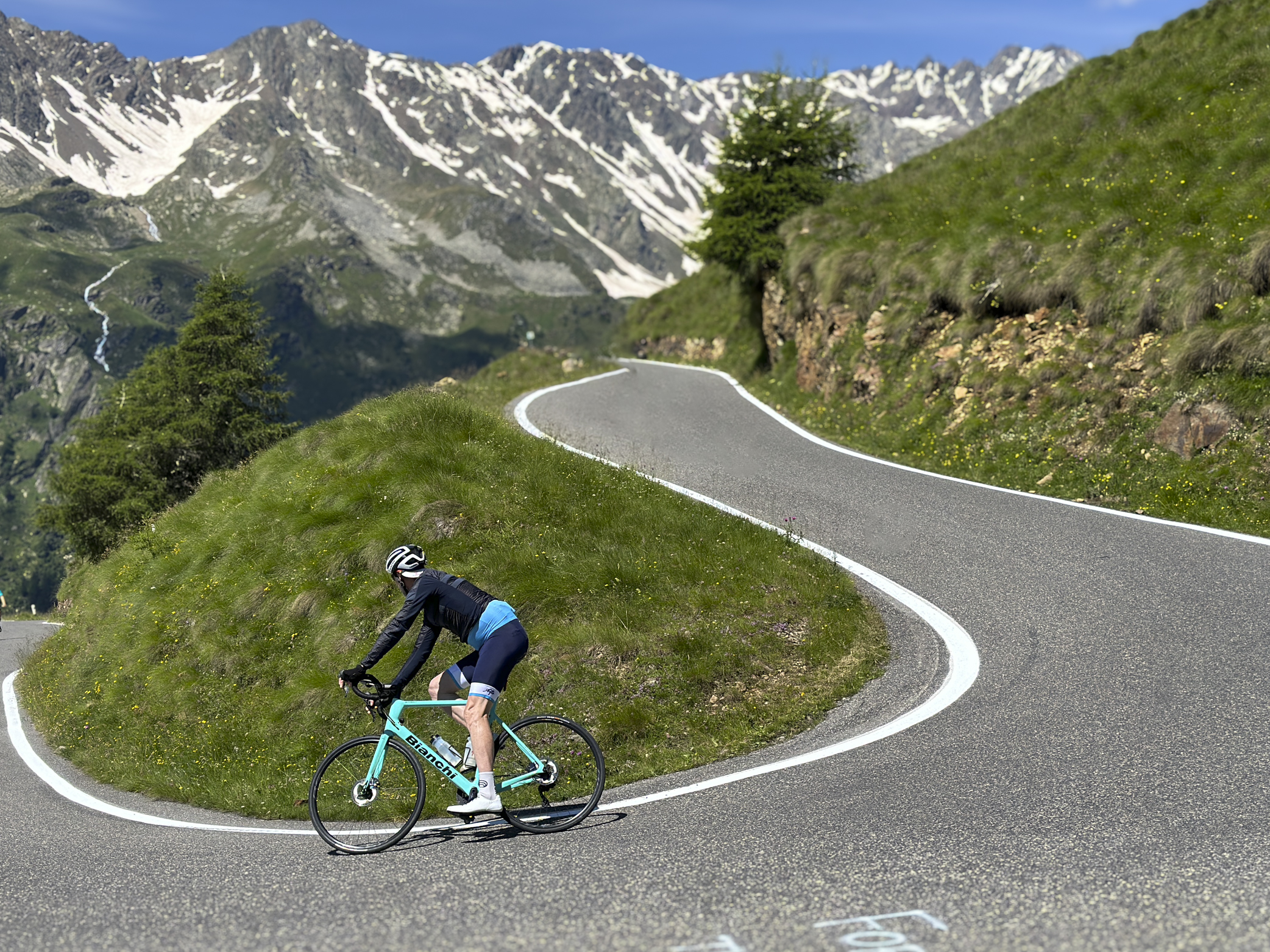Olives and their oil have been a cornerstone of many cuisines for centuries and across many countries, including Greece, Spain and Italy. When we are running our Italian cycling tours, our non riding program often includes an olive farm visit and tasting experience, particularly on our Tour of Puglia and Tour of Tuscany while our riders enjoy rolling past the expansive groves, with so many different trees and varieties of olives.
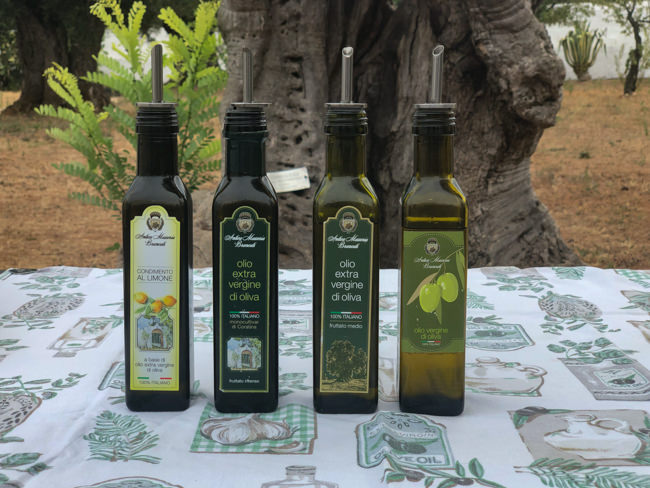
With the many Italian and Greek migrants coming to Australia in the 1950’s, they also brought with them their love of olives, and the plants or seeds to start growing their own trees in their new homeland. This has resulted in certain parts of Melbourne having olive trees as street trees. This happens to be the case in our street, which we see as a little extra bonus from our local council. Grazie!
Each year is different, with the size and quantity of what each tree produces. The tree that produces the bigger sized olives is always the first to be picked and so with this in mind, you need to keep an eye on who is out picking because some people arrive from outside the neighbourhood to ‘steal’ our olives before we have had the opportunity to take some ourselves. This happened year after year and we soon realised we have some of the best trees right outside our door.
Over the years, we have tried many different curing recipes and methods, obtaining many different results. Some good, some horrible and some great.
The first time that we cured olives, we were most surprised by the different taste to commercial olives; they are more earthy and certainly less salty. With our green olives, we are trying to make them so that they retain some of their firmness and crunch, with the 2019 batch being made with 5% salt brine being perfect. They are still eating well now.
Our 2021 Olive Curing Season
At any rate in late March, we could hear our greek neighbour, Angelo (sometimes also known as the competition) in the olive trees out the front of our abode and we knew it was time to dust off the ladder to join him for the annual harvest.
We managed to pick 14kg, with a mix of hard and green, ripe and dark, and then some that are in between.
We have 5 different batches curing, with differing recipes using either a 5% or 10% salt brine and then also differing amounts of vinegar or citric acid. We think that you need to determine what you want from the finished product first before embarking on the method. Do you want the stone removed? Are you happy to bruise the olive in taking out the stone? Is your preference for a softer or harder olive? Once you have answers you can them determine which method and recipe is best to help you achieve that result. It’s also very handy to take detailed notes year to year, so that you know what you have done – particularly if one batch turn out to be perfect. Below is a breakdown for each batch that we are currently making, with all of these olives left with the stone intact.
1. Green
4.8 kg of Olives in 10 litres of water with 1kg of salt and 350ml of white vinegar
Placed in terracotta urn on the 30th March 2021
Next step – change water to a 5% solution and bottle
2. Mixed Colour
2.1 kg of Olives in 4.2 litres of water with 410grams of salt and 200ml of white vinegar
Placed in terracotta urn on the 30th March 2021
Next step – change water to a 5% solution and bottle
3. Green version #2
1.7 kg of Olives in 3.4 litres of water with 170 grams of salt and 8 grams of citric acid of which only 1.8L was used across this and version 4.
Placed in large glass jars on 31st March 2021
Next step – Try in 4 to 6 months
4. Little Ligurian style olives from courtyard tree – mostly black
350 grams of Olives in 3.4 litres of water with 170 grams of salt and 8 grams of citric acid
Placed in large glass jars on the 31st March 2021
Next step – Try in 4 to 6 months
5. Black
4.4kg Olives mixed with salt, garlic cloves and oregano, and then mixed by hand once a day to get the olives on the top on the bottom
Started the hand turning curing process on 30th March 2020.
Next step – Dry in the oven and bottle.
…… and now we wait.
A couple of things to note:
- Firstly our near perfect 2019 batch, that were firm and a little crunchy, took a very long time to cure in a 5% solution and vinegar.
- We think that the 10% solution is too salty but we are intending to use this for the first 4-6 weeks and then replace with a 5% solution.
- It is the first time that we are using citric acid instead of vinegar so it will be interesting to see the result.
From here, we’ll update this blog with progress reports for each batch along the way and if you’re interested in finding out more, you are very welcome to email us.

